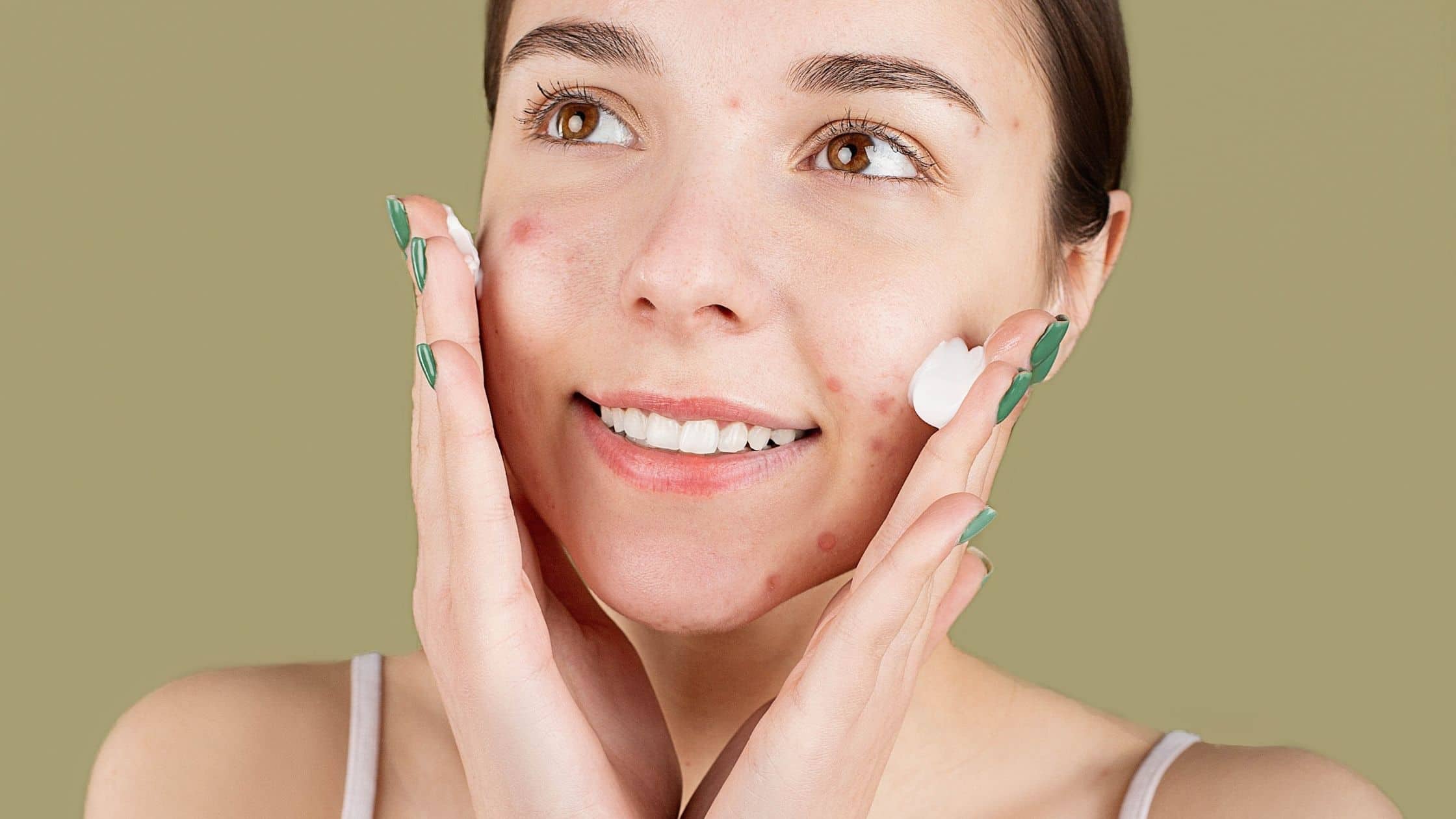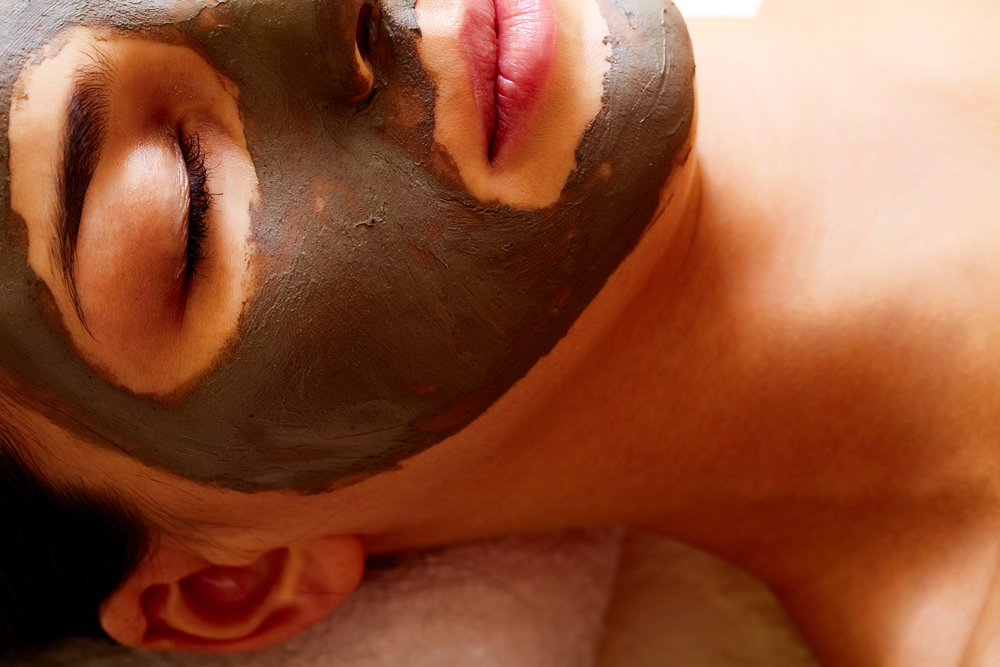Yes, chemical peels help address acne and acne scars. It helps control breakouts and clean up scars, large pores, hyperpigmentation, etc.
Acne scarring not only deprives you of clear, smooth skin but potentially takes away your self-esteem and confidence in the process. Thankfully, several treatments have been found effective in treating acne scarring – chemical peels being one of them.
Chemical peels involve applying a chemical solution or a mixture of solutions to the skin to cause the top skin layer to exfoliate and reveal the underneath skin that is smooth and rejuvenated.
Chemical peels act beneath the skin’s surface to turn over new skin cells and promote new skin cell growth, which can help acne scars fade over time. It can effectively minimize the appearance of numerous types of acne scarring, even if you have discoloration or pockmarks from previous breakouts.
Chemical peels give you amazing results when done by professionals and follow the right protocols after the procedure.
Read on to discover more about the benefits of chemical peels, side effect profiles, and the best chemical peels to treat your acne scars.
What Are The Benefits Of Using Chemical Peels For Acne Scars?
Our skin attempts to repair the lesions and blemishes in acne scarring by producing new collagen fibers. However, the skin texture is not as smooth as the original skin. Chemical peels loosen your dead skin cells and cause the skin to exfoliate the outer layer of skin and eliminate acne-causing elements. The new skin layer formed is often smoother and less scarred in appearance.
Chemical peels are an effective way to maintain and rejuvenate your skin. Some of the benefits of chemical peels include:
- Unclogging of pores which helps in preventing future outbreaks
- Lightening of dark spots
- Smoother texture and brighter skin tone
- Reduces acne outbreaks
- Stimulates collagen production, which helps in filling scars
- Treating hyperpigmentation and other skin discoloration
- Treat fine wrinkles, uneven skin tone, and dryness
Depending on the severity of acne scarring, you can choose chemical peels that are light (superficial), medium, or deep. You will need a couple of treatments every four to six weeks to achieve the best results.
What Are The Side Effects Of Using Chemical Peels For Acne Scars?
The side effects of chemical peel depend on how you care for your new skin after the procedure and what you do. You must avoid sun exposure because it can prolong the healing process and lead to greater pigmentation problems. You must apply sunscreen on the skin with an SPF of at least 30 and wear a wide-brimmed hat to limit exposure.
After a chemical peel, you may notice redness and irritation for three to seven days and some swelling. You may feel a little tightness and soreness initially for the first few days. Hydrate yourself by drinking plenty of water, and use a gentle cleanser for your skin.
After a deep or medium peel, blisters will form, crust, change color, and peel off within one to two weeks. You might need to cover the treated areas with bandages, depending on the severity of the blisters.
How To Prepare For Chemical Peels For Acne Scars?
Stick to your skincare routine before the peel if you have one. If you use any new cosmetics that irritate your skin before the chemical peel, you risk causing even more discomfort, unnecessary recovery, and uneven peeling.
If you use retinoids regularly, inform your doctor and don’t modify anything in the weeks coming up to the peel. Some people may argue that retinoids are also peeling agents that thin away from the outer dead cell layer, resulting in a greater peel; nevertheless, retinoids also thicken the epidermis. Retinoids make the skin’s outer healthy cell layer thicker, not thinner. Don’t start new retinoids a few weeks before a chemical peel, and don’t get a professional peel without informing the physician about your retinoid usage and strength.
Also, you must not get waxed before a peel. If you’re doing peel pads or solutions at home, begin slowly and gradually increase the frequency of application. Always test a tiny area initially when using a new product.
What Are The Best Chemical Peels For The Acne Scars?
Chemical peels for acne scars include both at-home chemical peels and professional chemical peels, which use different chemicals varying in levels of intensity and strength. The at-home chemical peels are safe-for-skin acids and suitable for light surface scars and fading dark spots. Using at-home chemical peels diligently can reduce scarring over time, but not all may benefit from its lower concentration.
Professional peels can provide you with more immediate and dramatic results. Though the chemicals used in both treatments are the same, licensed professionals use peels with much higher concentrations.
Some of the best chemical peels you can use to reduce scarring are:
- Glycolic Acid peels are safe for all skin types. It exfoliates the skin’s surface and keeps it free of dead cells. It evens out the skin’s surface and reduces hyperpigmentation.
- Salicylic Acid is the most popular peel for treating acne and acne-related issues. It promotes collagen production to improve skin texture. It loosens and breaks down the oil in the pores and cleans out dirt and acne-causing bacteria. It works well for oily skin but should be avoided on people with dry skin.
- Lactic Acid smoothens the skin and is especially effective in treating hyperpigmentation, dark spots, and skin discoloration.
- Mandelic Acid improves the overall skin texture, including lines and wrinkles. It is used for treating large skin pores and hyperpigmentation. Unlike glycolic acid, it does not induce erythema or redness.
No matter what chemical peel you choose, follow your doctor’s instructions for cleansing, moisturizing, sun protection, and applying protective ointments to your skin. It may take about a few months for your skin color to return to normal and notice the full results of the peel.
The Bottom Line
Chemical peels improve your skin texture and tone and reduce the appearance of fine wrinkles. The effects are subtle at first, but they get better with time. Your skin will be noticeably smoother. The look and feel of treated areas will dramatically improve after a deep chemical peel. Remember, these results will last only for a few months and are not permanent.
You can couple the treatment with products that nourish your skin and keep it healthy. You should do it between peels to avoid acne breakouts once the acne is under control.









